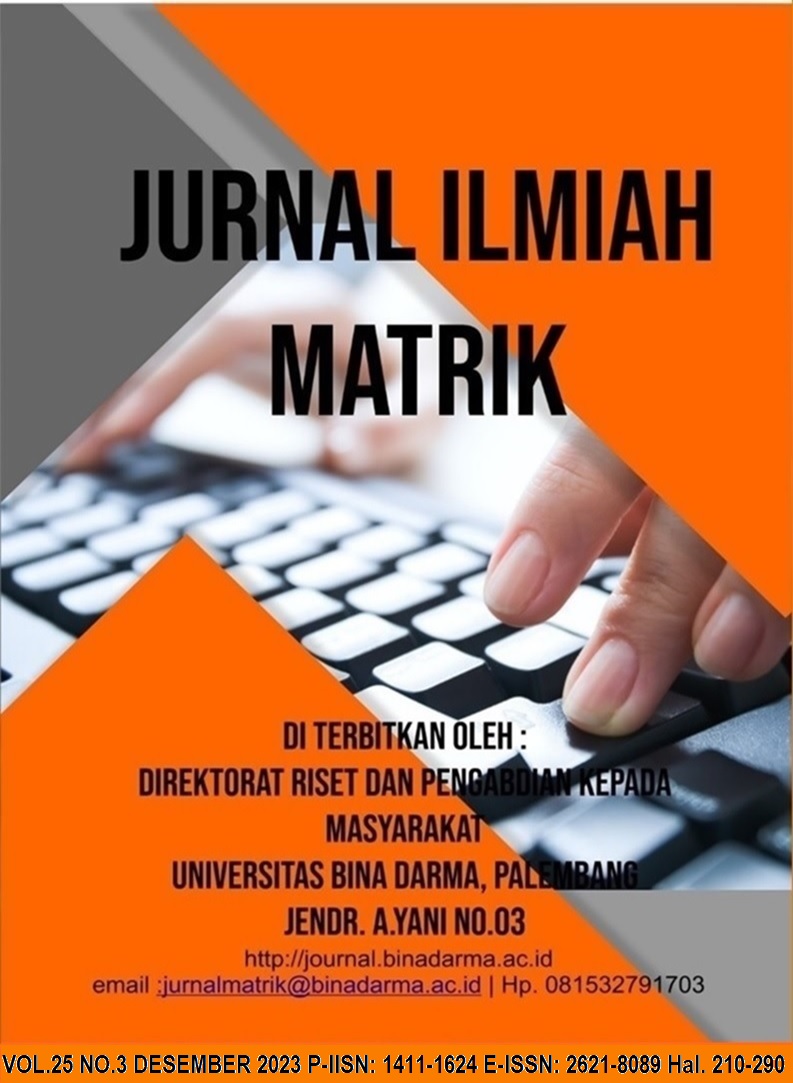Pendekatan Algoritma Naïve Bayes dan Support Vector Machine dalam Menganalisis Tanggapan Terhadap Penutupan Tik Tok Shop
DOI:
https://doi.org/10.33557/jurnalmatrik.v25i3.2732Keywords:
Analysis, Naive Bayes, SVM, TiktokAbstract
The development of information technology, especially in social media such as TikTok, has had a significant impact on people's shopping behavior patterns. Sentiment analysis is aimed at understanding general views regarding the closure of the TikTok Shop, describing positive or negative opinions. The algorithms used are Naïve Bayes and Support Vector Machine (SVM) to analyze responses to the closure of the TikTok Shop. The research methodology involves the process of crawling the Twitter dataset with the keyword "Tik Tok Shop", data cleaning, sentiment labeling, model building, and performance testing. The results of the sentiment analysis are parsed and analyzed to describe the general sentiment towards the closure of the Tik Tok Shop. The conclusion results show that the Naïve Bayes algorithm achieved an accuracy level of 97.91%, with positive recall of 100%, positive precision of 96.30%, negative recall of 95.42%, and negative precision of 100%. Meanwhile the SVM algorithm achieved an accuracy of 91.29%, with a positive recall of 100%, positive precision of 86.19%, negative recall of 80.92%, and negative precision of 100%. Overall, Naïve Bayes provides the highest accuracy results of 97.91%, while SVM provides an accuracy of 91.29%.
Downloads
Downloads
Published
Issue
Section
License
Jurnal Ilmiah Matrik byhttps://journal.binadarma.ac.id/index.php/jurnalmatrik is licensed under a Creative Commons Attribution-ShareAlike 4.0 International License.












